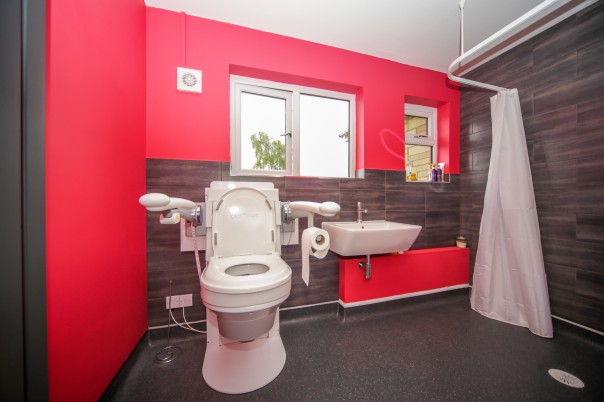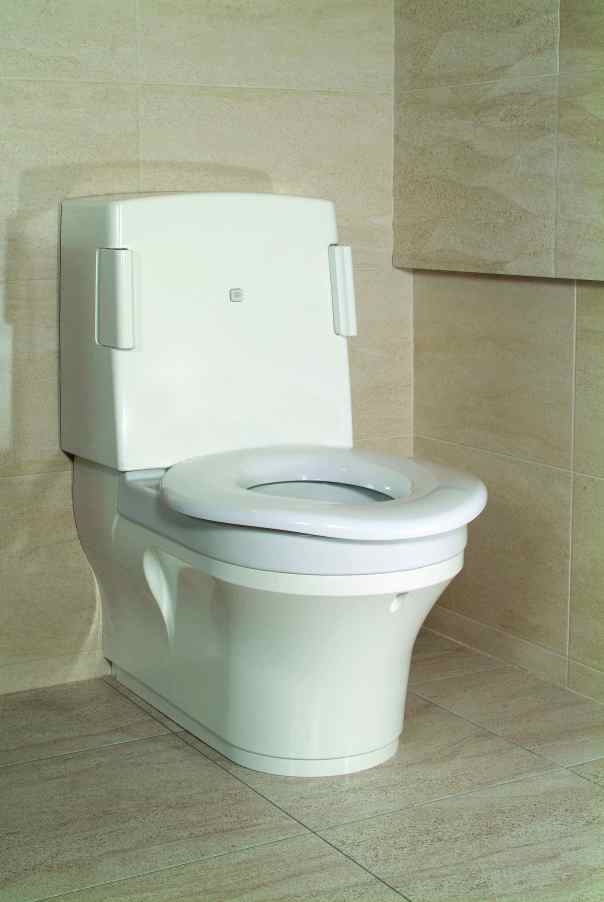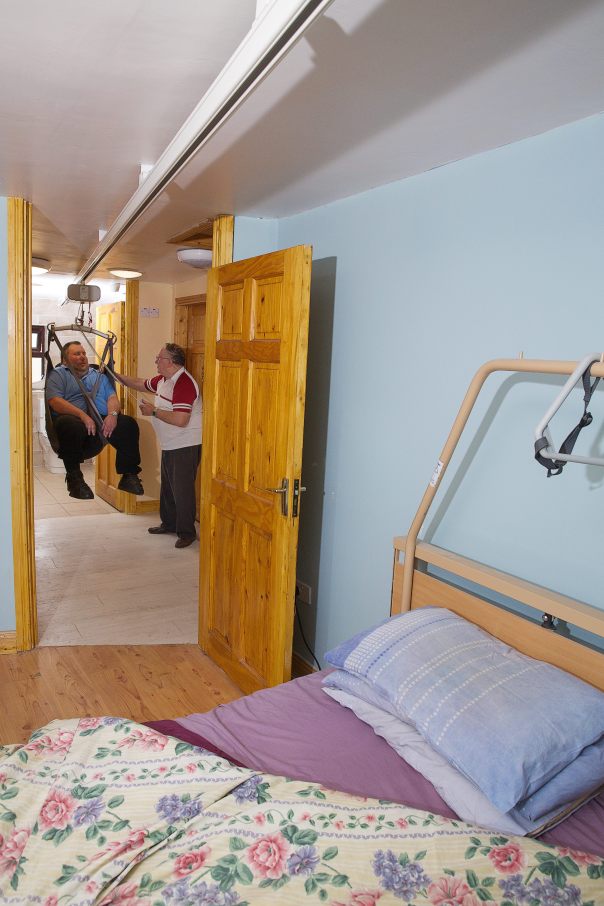In which sector do you think most of the home adaptations occur? Most of us would probably answer in social housing, for disabled people.
Not true.
Latest figures reveal that the largest percentage of Disabled Facilities Grants (DFGs) is for owner occupiers, with 70% being for people aged 60+. And the most common room to be adapted is the bathroom.
 Interestingly, there is a growing awareness of intimate care technology, and the impact of the ‘wellness’ features available. It’s something we’ve been delivering for almost 60 years, in our shower toilets.
Interestingly, there is a growing awareness of intimate care technology, and the impact of the ‘wellness’ features available. It’s something we’ve been delivering for almost 60 years, in our shower toilets.
There is an opportunity to combine the two considerations, to ‘future proof’ at least the toilet in the bathroom, whether you are the home owner, or a developer of supported or assisted living complexes. It can also help deliver part of the Government’s requirement to enable people to stay well and happy at home, with reduced reliance on social care support, as part of its aim to graduate from the Better Care Fund.
All it requires is replacement of a conventional WC with a shower toilet. The latter looks like- and can be used as- a conventional WC if preferred. But, either as an improvement on intimate hygiene, or as one’s health deteriorates and wiping with toilet paper becomes hard or impossible, optimum, consistent levels of intimate care are delivered via the integrated douching and drying processes.
Such toilets are the norm in Japan for example. If they become the norm here, I am sure we will see a surprising reduction in the number of home adaptations, the amount of care support needed, and an increase in the length of time people can continue to remain in their own homes.




 One of Closomat’s Aerolet toilet lifters could enable a person to get on and off the WC without help. If in an individual’s home, when they no longer needed it, it could be moved to a different address to deliver the same benefit to another. So even though the capital cost has been recouped, the equipment is still delivering benefit- in effect free of charge! There are further benefits too. By empowering the recipient to undertake something so intimate without help, you enhance their feeling of independence, empowerment, of being in control. All have significant psychological benefits, improving the person’s mental health and thus potentially reducing the need for medical intervention. Such equipment can help them stay in their own home, reducing their need for care support, so you ease the strain on already stretched homecare resources. It alleviates their need for admission to a residential care home, so you ease the strain on the lack of available beds.
One of Closomat’s Aerolet toilet lifters could enable a person to get on and off the WC without help. If in an individual’s home, when they no longer needed it, it could be moved to a different address to deliver the same benefit to another. So even though the capital cost has been recouped, the equipment is still delivering benefit- in effect free of charge! There are further benefits too. By empowering the recipient to undertake something so intimate without help, you enhance their feeling of independence, empowerment, of being in control. All have significant psychological benefits, improving the person’s mental health and thus potentially reducing the need for medical intervention. Such equipment can help them stay in their own home, reducing their need for care support, so you ease the strain on already stretched homecare resources. It alleviates their need for admission to a residential care home, so you ease the strain on the lack of available beds.



 It’s a ‘hidden’ issue of the disease, an issue that is not widely publicised, but which might make some people who may be prone to the disease make those lifestyle changes that could prevent it developing.
It’s a ‘hidden’ issue of the disease, an issue that is not widely publicised, but which might make some people who may be prone to the disease make those lifestyle changes that could prevent it developing.